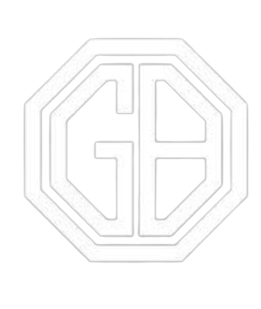
When planning a construction project, understanding the number of bricks required is crucial for budgeting and material estimation. One common query that arises is, “how many bricks in 1 cubic meter?” In this guide, we’ll delve into the factors that determine the number of bricks in a cubic meter and provide a step-by-step approach to calculating this essential figure.
Understanding Brick Dimensions
Before calculating the number of bricks in a cubic meter, it’s essential to understand the standard dimensions of a brick. Brick sizes can vary based on region and manufacturer, but the most commonly used dimensions worldwide are:
Standard Brick Size: 190 mm x 90 mm x 90 mm
Modular Brick Size: 190 mm x 90 mm x 90 mm
These dimensions include the standard mortar joint thickness of 10 mm.
Calculation Method
To determine how many bricks fit into 1 cubic meter, follow these steps:
Step 1: Calculate the Volume of a Single Brick
For a standard brick, the volume is calculated as follows:
Volume of a Brick=Length×Width×Height\text{Volume of a Brick} = \text{Length} \times \text{Width} \times \text{Height}Volume of a Brick=Length×Width×Height
Volume of a Standard Brick=0.19 m×0.09 m×0.09 m\text{Volume of a Standard Brick} = 0.19 \, \text{m} \times 0.09 \, \text{m} \times 0.09 \, \text{m}Volume of a Standard Brick=0.19m×0.09m×0.09m
Volume of a Standard Brick=0.001539 m3\text{Volume of a Standard Brick} = 0.001539 \, \text{m}^3Volume of a Standard Brick=0.001539m3
Step 2: Calculate the Number of Bricks in 1 Cubic Meter
To find out how many standard bricks fit into 1 cubic meter, divide the total volume (1 cubic meter) by the volume of one brick.
Number of Bricks=1 m30.001539 m3\text{Number of Bricks} = \frac{1 \, \text{m}^3}{0.001539 \, \text{m}^3}Number of Bricks=0.001539m31m3
Number of Bricks≈650\text{Number of Bricks} \approx 650Number of Bricks≈650
Therefore, approximately 650 standard bricks are needed for 1 cubic meter of brickwork.
Factors Influencing the Number of Bricks
Several factors can affect the exact number of bricks required:
1. Brick Size Variations
Different projects might use bricks of varying sizes. Always confirm the exact dimensions of the bricks you plan to use.
2. Mortar Thickness
The thickness of the mortar joint can influence the overall number of bricks. Standard practice includes a 10 mm mortar joint, but variations can occur based on specific project requirements.
3. Wastage and Breakage
Account for potential wastage and breakage. It’s advisable to purchase an additional 5-10% of bricks to cover any unforeseen losses.
Practical Tips for Estimating Bricks
Measure Twice, Order Once: Double-check your measurements and calculations before ordering materials.
Consult with Experts: When in doubt, consult with a construction expert or mason for precise calculations.
Use Online Calculators: Various online calculators can help streamline the process and provide quick estimates.
Conclusion
Knowing how many bricks are in 1 cubic meter is vital for accurate construction planning. By understanding brick dimensions and following the outlined calculation method, you can efficiently estimate the number of bricks required for your project. Remember to consider factors such as mortar thickness and potential wastage to ensure a smooth construction process.
For more detailed construction insights and tips, stay tuned to our blog!
References
Construction Standards and Practices
Brick Sizes and Dimensions – Regional Variations
Expert Consultations in Masonry
By following these guidelines, you can ensure your construction project is well-planned and executed with precision. Happy building!


